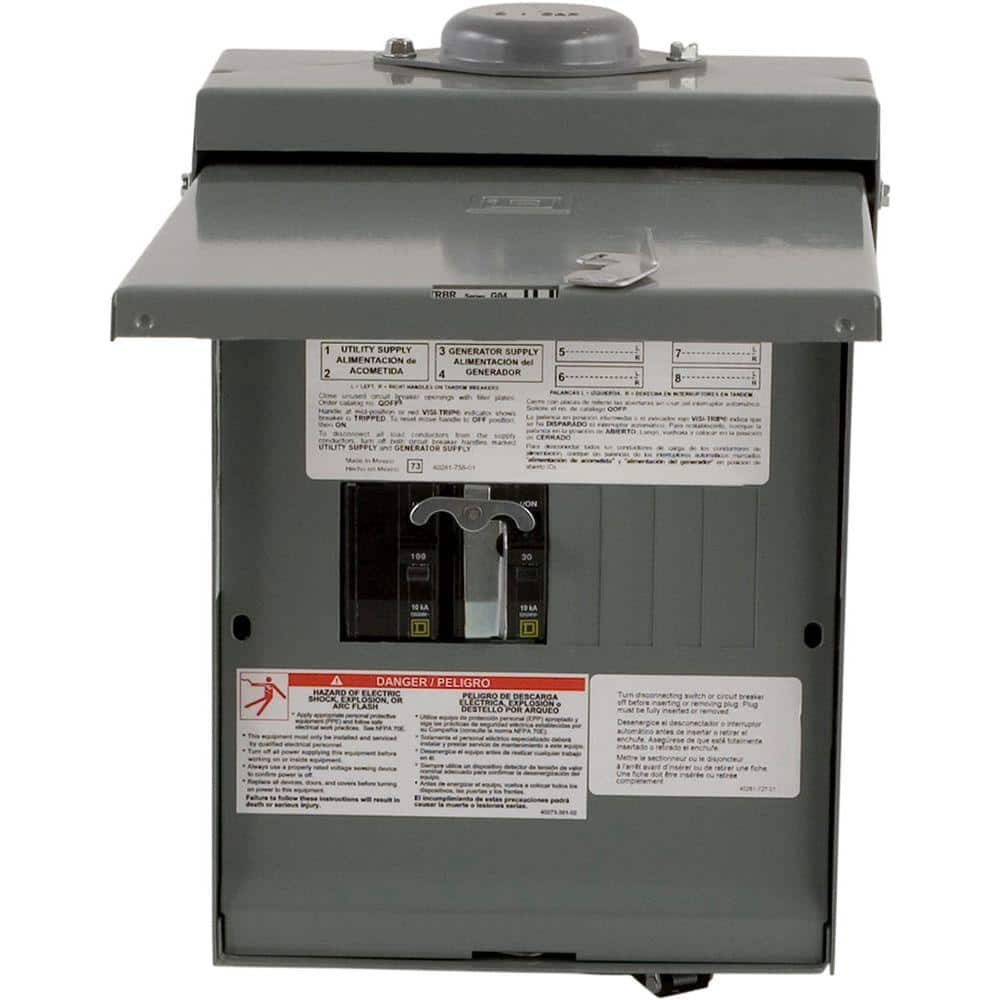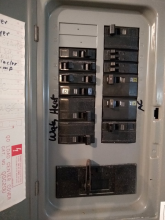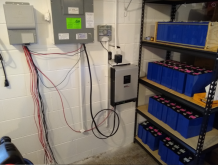ArthurEld
Solar Wizard
I am setting up a MPP Solar 3048LV-MK 48V all in one.
It has an AC charger that can output 60A.
Currently I plan to plug the AC input to a receptacle in my garage that has a 20A breaker.
Hedges warned me that this unit can use more current that 20A AC input.
I did a simple conversion -
60A X 48V = 2880W / 120V = 24A
or
60A X 60V = 3600W / 110V = 33A
I don't know which one is correct but I am sure I need more than 20A AC to get 60A DC
My electrical experience is weak.
Can someone please explain my AC input options to make 60A DC output?
I guess I might need to add a breaker to my main electrical panel.
My panel has a few 30A breakers for Dryer, Stove, Water Heater. The Dryer and Stove use special plugs and I don't know if they are 240V
I would prefer to do it in a way that doesn't require a permit. And this unit doesn't feed to grid.
I can make it work using the 20A input but I was hoping to charge my 280Ah battery at .2C
It has an AC charger that can output 60A.
Currently I plan to plug the AC input to a receptacle in my garage that has a 20A breaker.
Hedges warned me that this unit can use more current that 20A AC input.
I did a simple conversion -
60A X 48V = 2880W / 120V = 24A
or
60A X 60V = 3600W / 110V = 33A
I don't know which one is correct but I am sure I need more than 20A AC to get 60A DC
My electrical experience is weak.
Can someone please explain my AC input options to make 60A DC output?
I guess I might need to add a breaker to my main electrical panel.
My panel has a few 30A breakers for Dryer, Stove, Water Heater. The Dryer and Stove use special plugs and I don't know if they are 240V
I would prefer to do it in a way that doesn't require a permit. And this unit doesn't feed to grid.
I can make it work using the 20A input but I was hoping to charge my 280Ah battery at .2C





